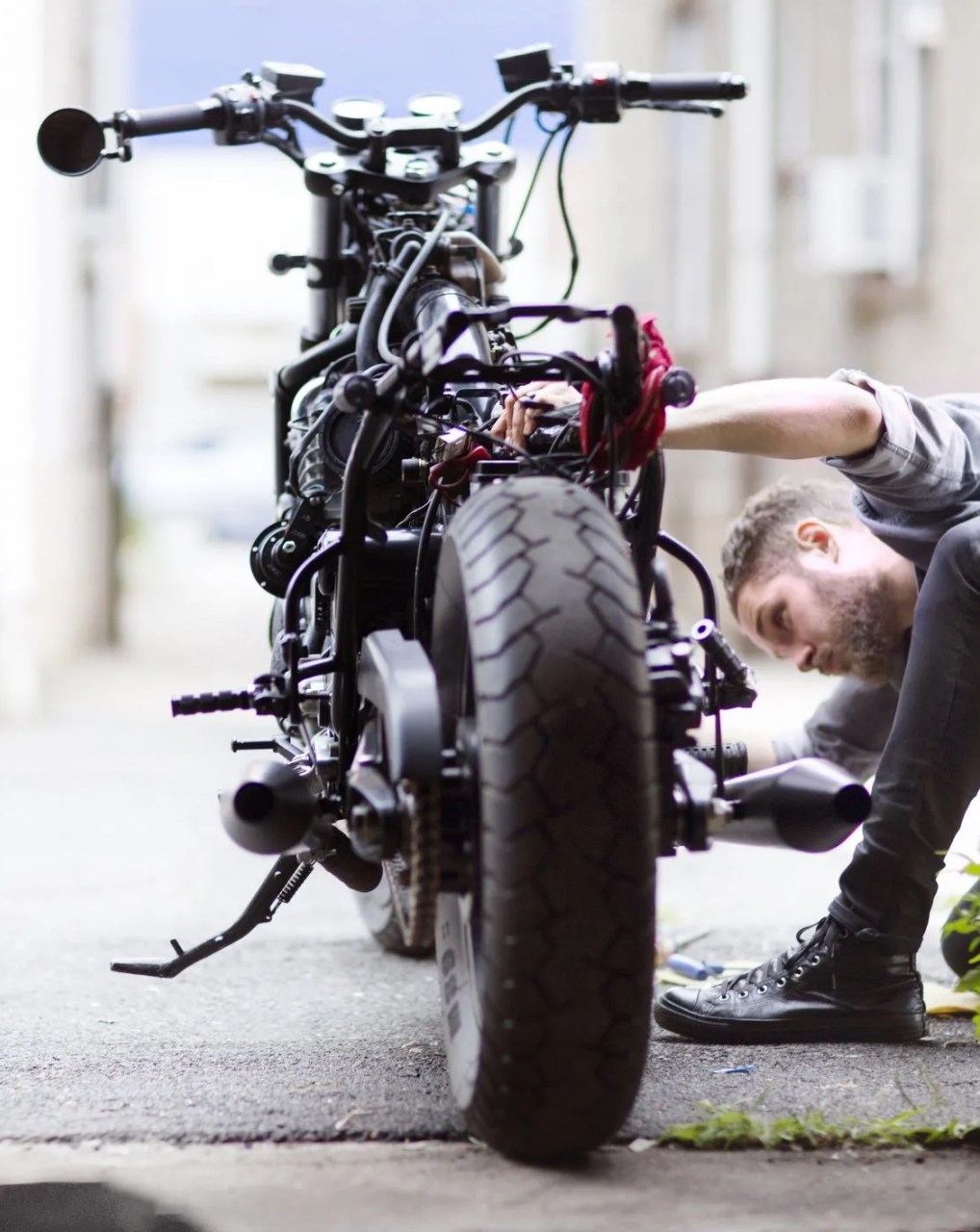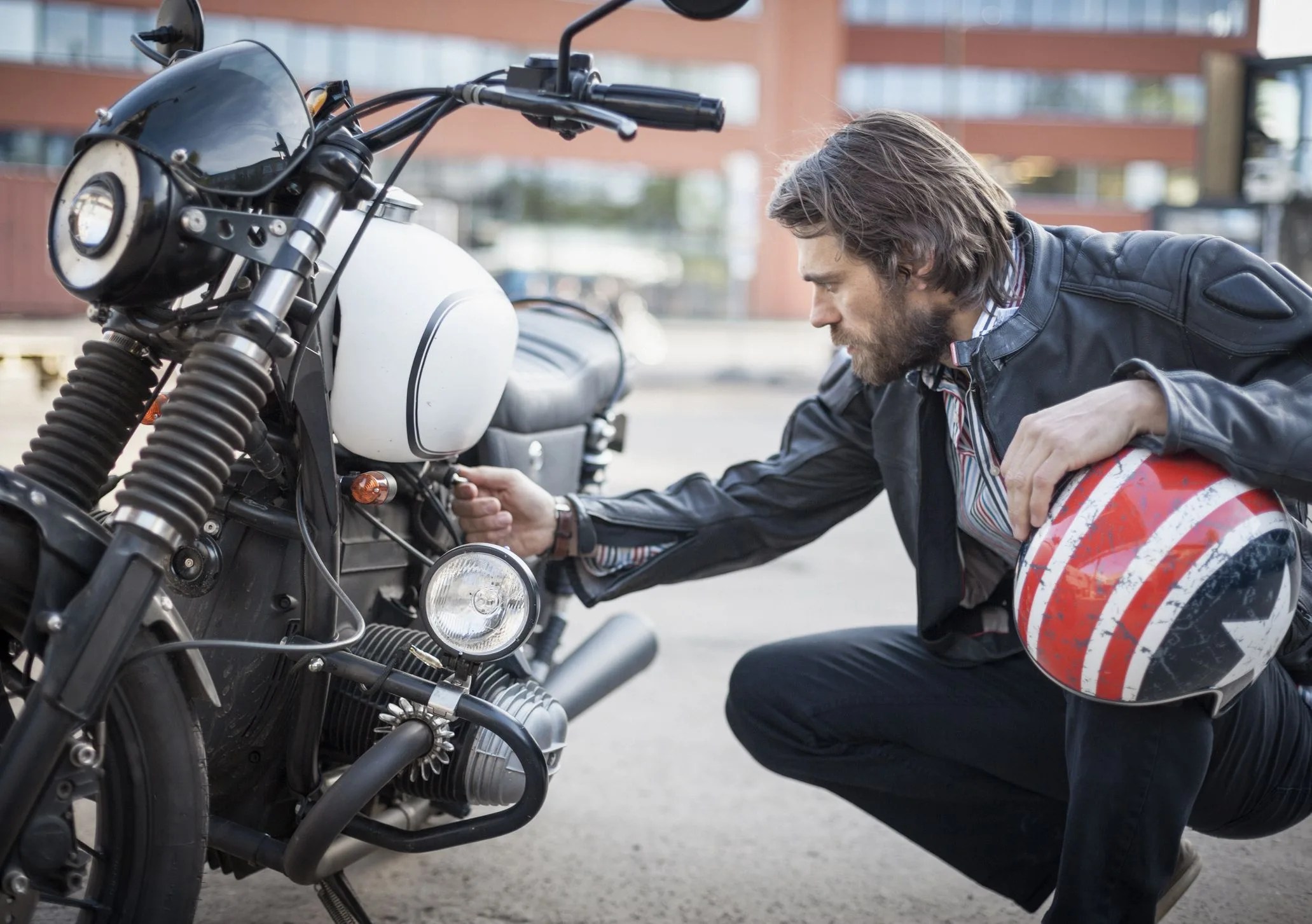Buying a used motorcycle can be perilous — a key reason you may want to consider purchasing a new motorcycle instead. But you can still get a great deal on a used bike if you’re willing to invest the time and effort.
For the used side of the equation, as with the new, I’ve recruited a friend named Marcin Wasicki, who not only owns and runs a Euro-centric car repair shop called Airport Automotive in Linthicum, Maryland but is also the biggest, most obsessive motorcycle nut I know, selling, buying, racing, and repairing more bikes than I will own or ride in 20 lifetimes.
Wasicki’s the man I want in my corner when my heart tells me, “buy it!” and my head is torn apart by all the mechanical what-ifs. He’s got that keen eye to size up not only the bike — he comes armed with the encyclopedic knowledge of every motorcycle made in the past 30 years — but will also subtly prod the seller about what maintenance they’ve addressed and parts they’ve swapped, to look for tells that they’re hiding something. Wasicki is personable, kind, and disarming — but I’d sure rather be on his side in a knife fight. Does that already feel too “agro” for you? Then you’re going to wind up with a clunker, and that’s why you need to keep reading.
Wasicki makes a seemingly simple point about bikes that should be in your head when you’re shopping: “You have these engines that have a displacement of 1000 ccs that are making over 200 horsepower.” That’s not all bikes, but do the math on how much power a decently performing motorcycle engine produces vs. the displacement and compare that to the power produced by a car, and you’ll realize that the moto engine is under way more stress than the equivalent automotive one. So neglecting routine maintenance can be a far bigger deal.
Check the brakes and oil
Mechanically, then, some of the questions Wasicki likes to quiz the seller with sound relatively benign. What’s the most recent brake fluid flush? “Hey, what’s the oil change interval on this bike again?” He’ll query, innocently, all the while knowing the answer but probing to see if they’ve cut corners on the most critical step to the heart-pumping fluid that’s make-or-break for a bike.
 Cavan Images
Cavan ImagesIn conversation with fellow riders, he’ll hear something like, “Oh, my caliper seized and I’ll ask, ‘Have you ever had a brake fluid flush?'” He already knows the answer is never, but in our conversation points out that brake fluid absorbs moisture from the air. “Your brakes get hot and they cool off and you have condensation.” That, in turn, leads to water in the caliper and brake fade and, eventually, corrosion that causes the brakes to stop working, which could be deadly. So Wasicki always tests brake feel when he’s shopping for a used bike because he knows mushy stoppers are a telltale that the owner hasn’t performed regular maintenance on one of the most critical mechanical elements.
Likewise, while you can’t “feel” the frequency of an oil change, asking if the owner knows the interval and also, casually, asking if you unscrew the fill cap to see if the oil in the engine is dirty will tell you a lot about the dutifulness of the owner to keeping their bike running smoothly.



